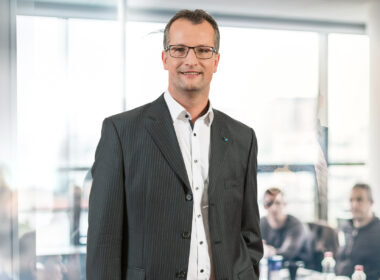Using agile management successfully
Performing flexible pioneer work

Familiar management methods are no longer working and are met with increased resistance from employees? Are joint work processes running very slowly? Agility is the ability to adapt quickly, flexibly and proactively to change. Digitalisation has made agility very important and highly topical. It is not only used in project management, but is also understood as a management principle and applied in organisational development.
What we can do for you:
Agile approaches in projects
We advise and train you on how to introduce and use agile methods such as Scrum, Kanban, Design Thinking & Co. in project management and offer a wide range of agile training and certification programmes.
Agile organisations
We are your partner to determine the location and maturity level of agility in your company or to jointly develop an agile organisational design. We offer consulting and support for agile transformation and team development.
Agile scaling
We work with you to develop a scaled implementation customised to your organisational needs. We use patterns from common models such as SAFe (Scaled Agile Framework) or LeSS (Large Scaled Scrum) as a basis.


